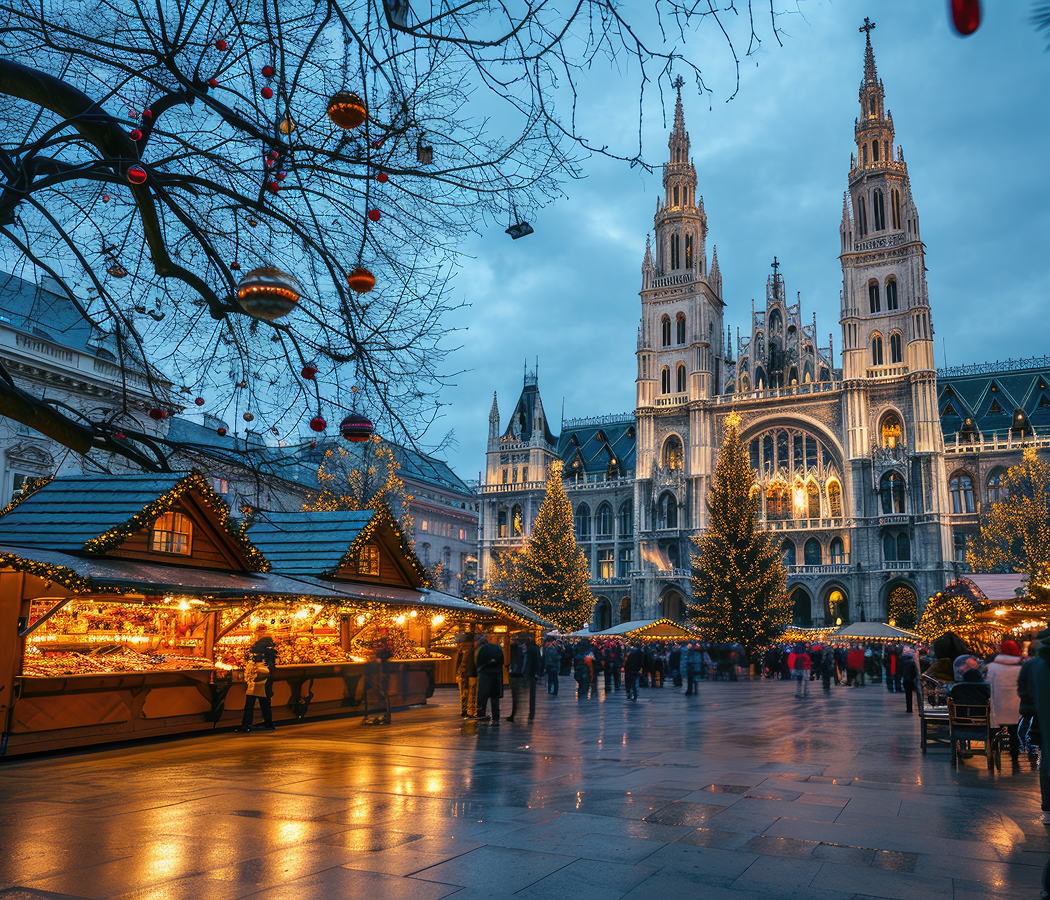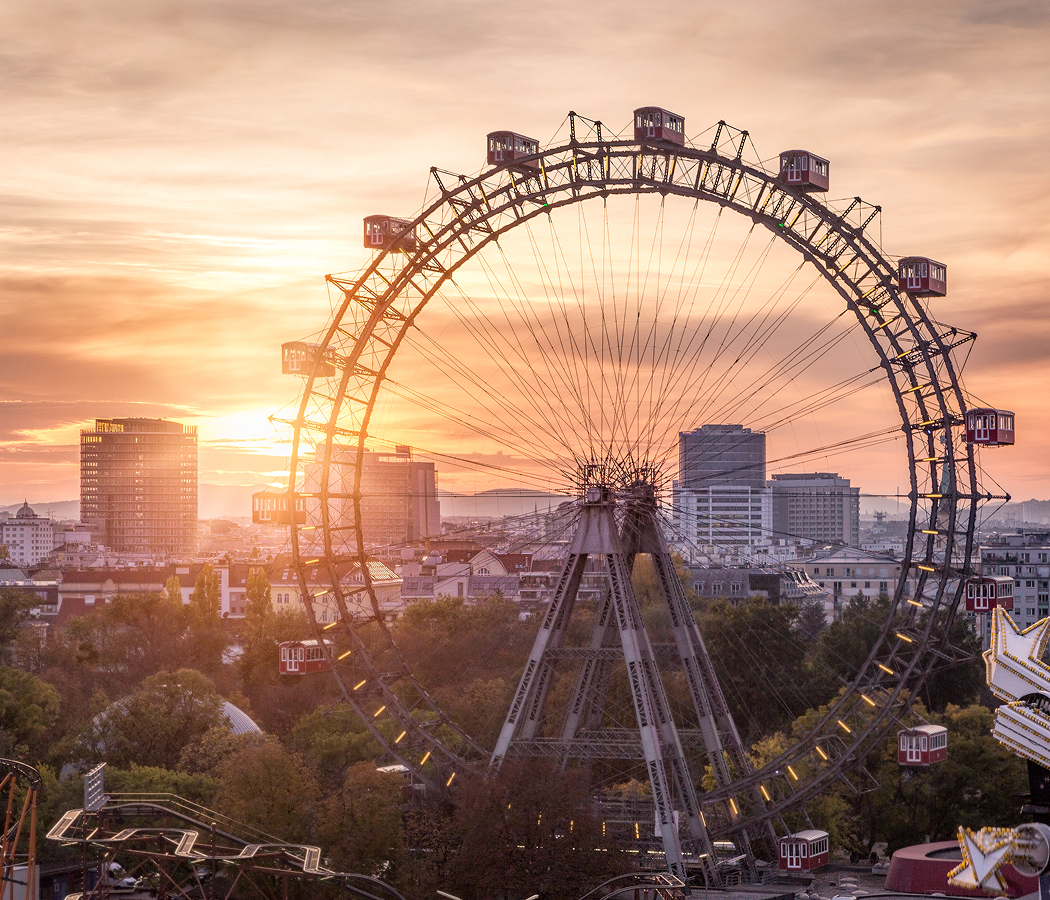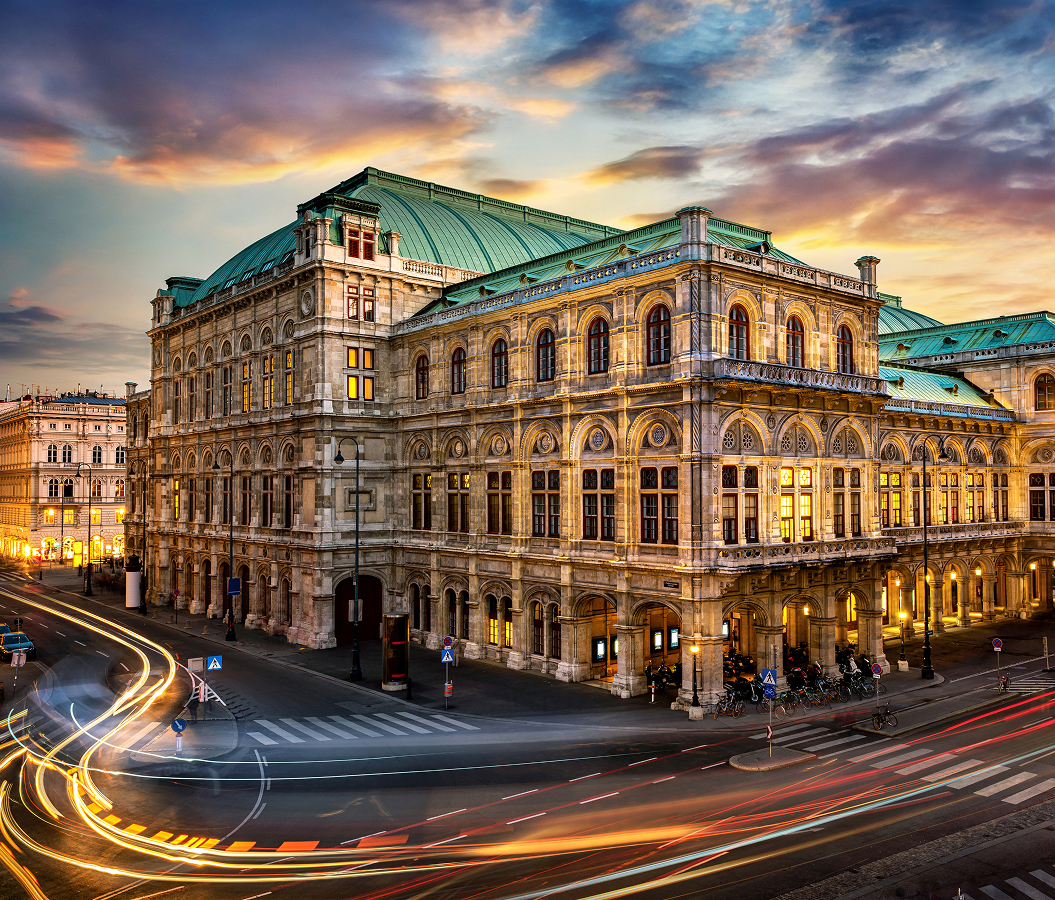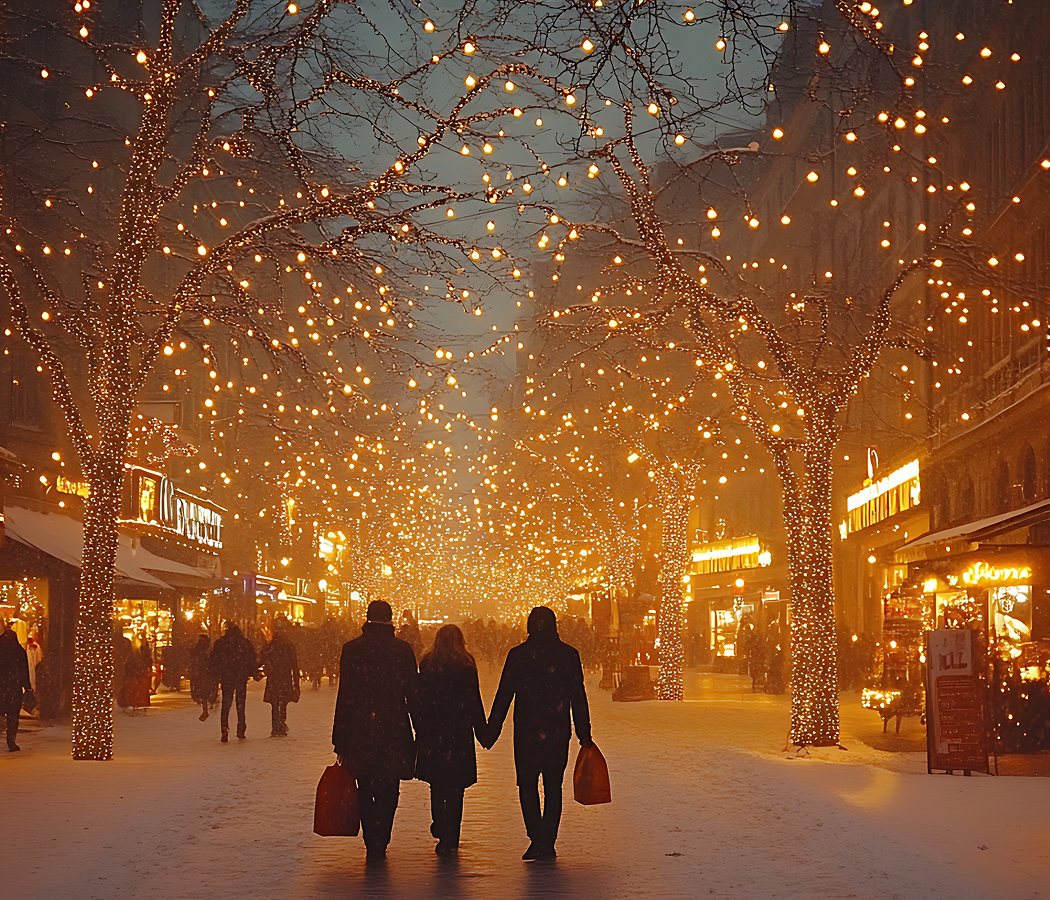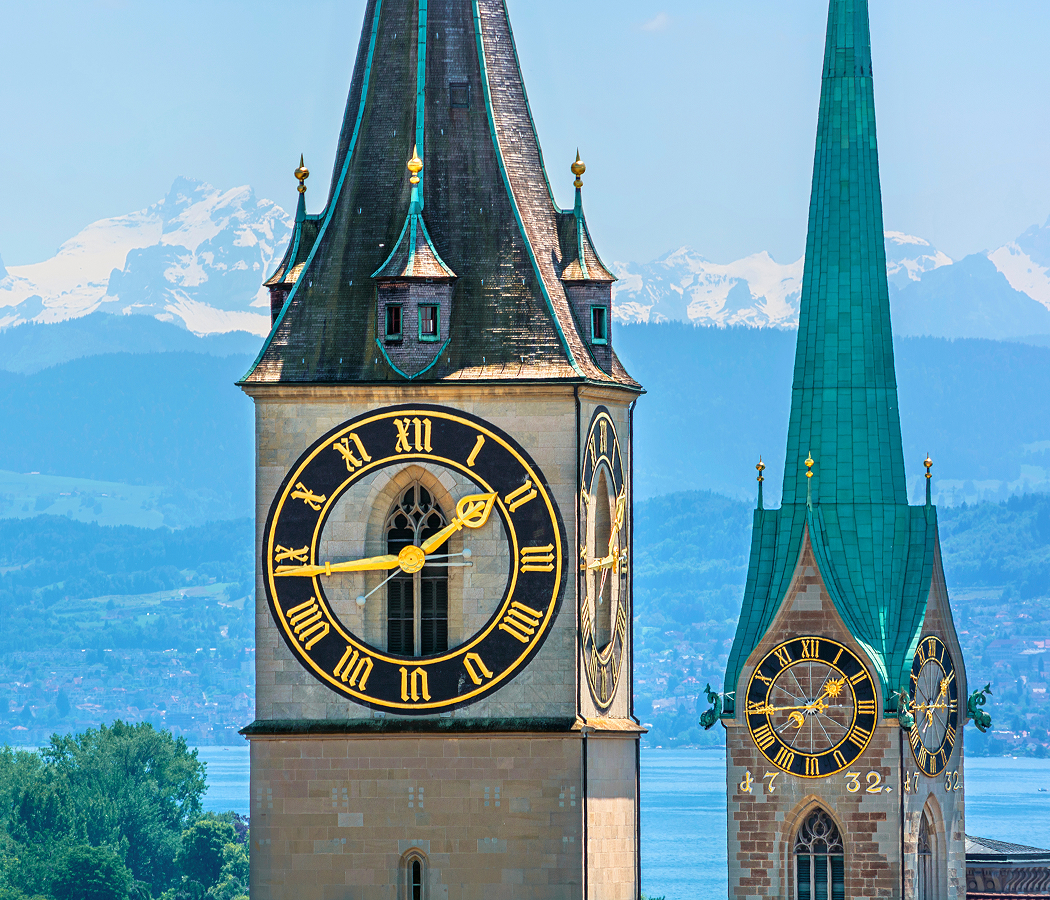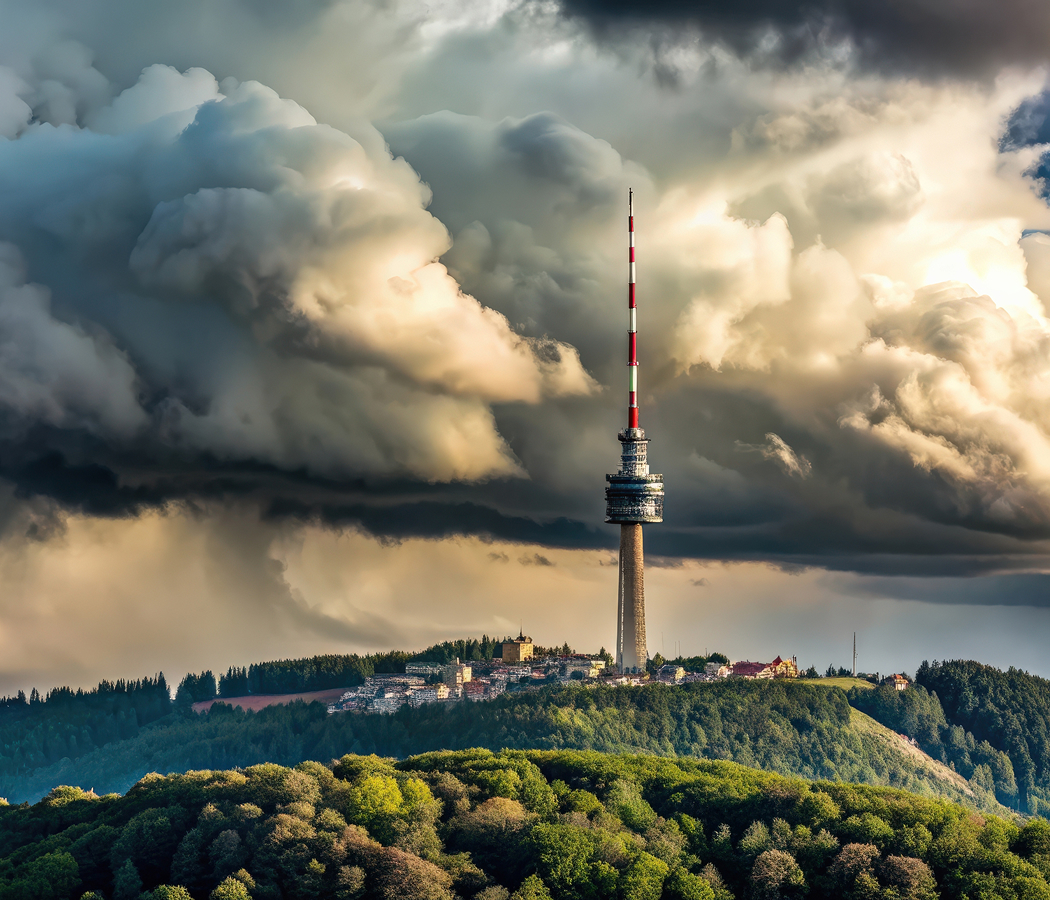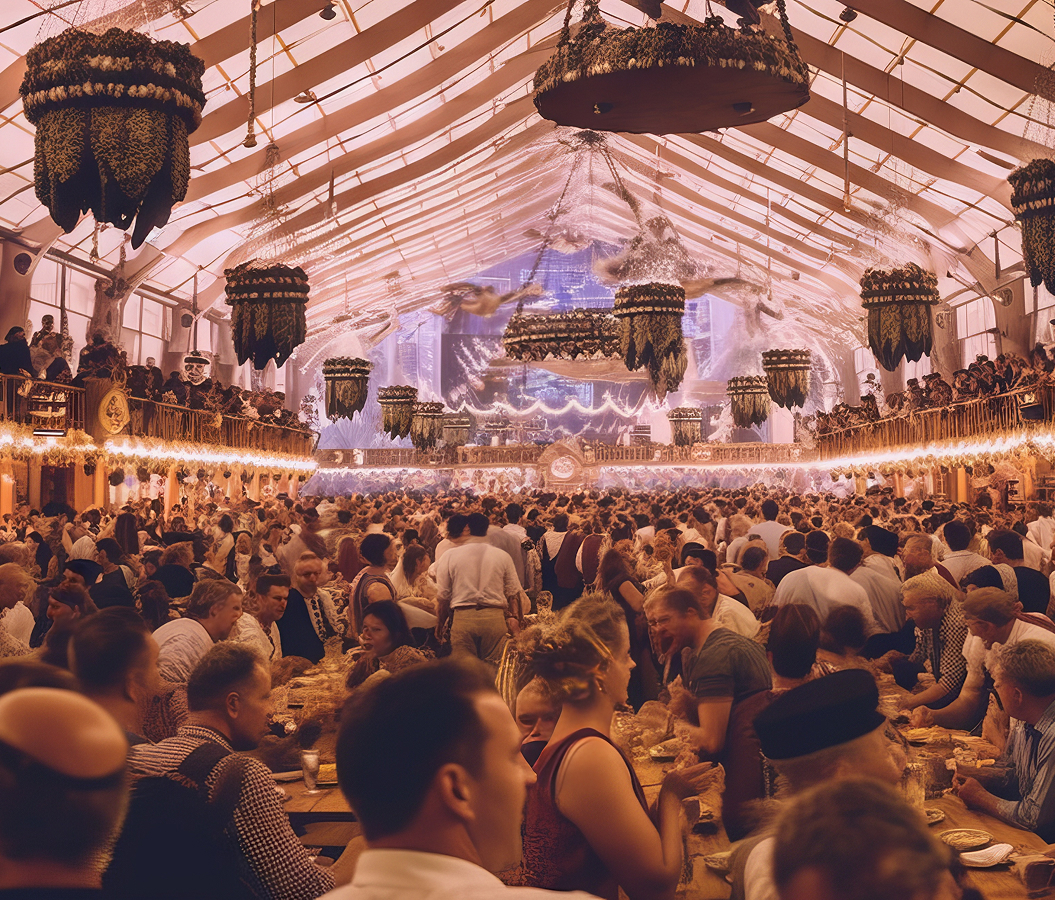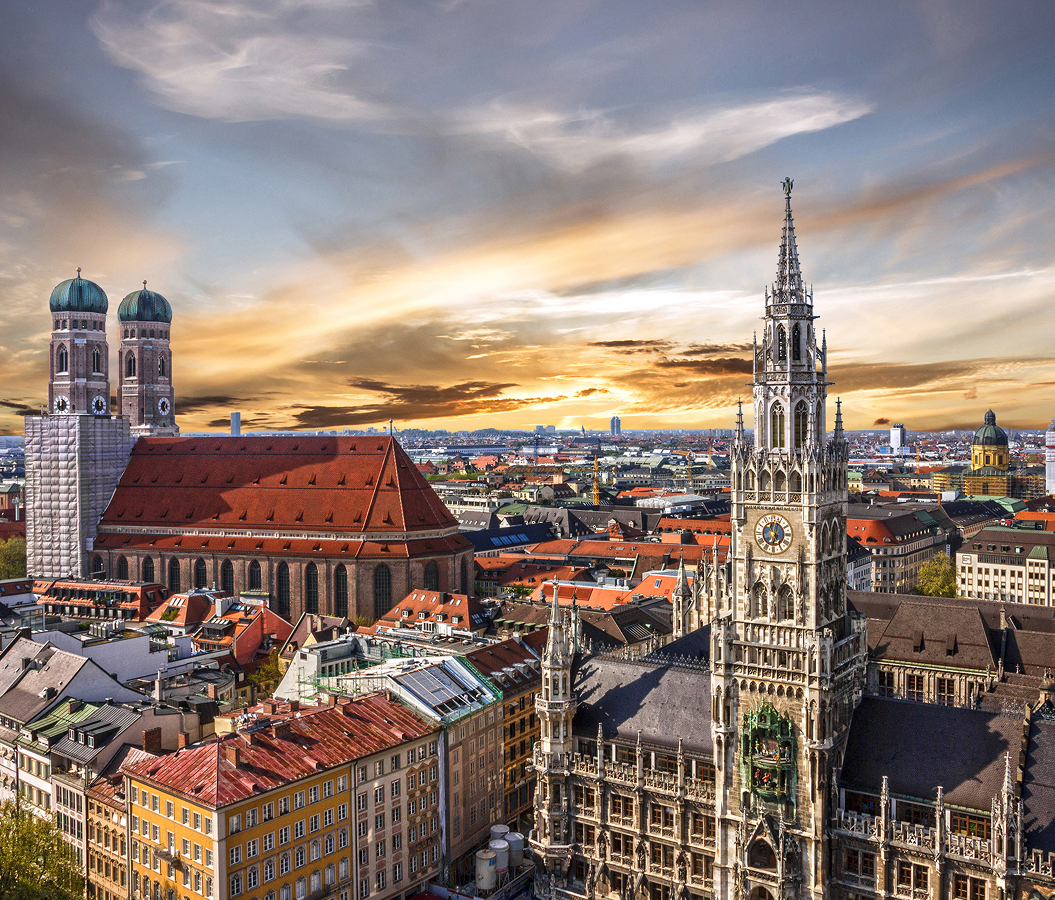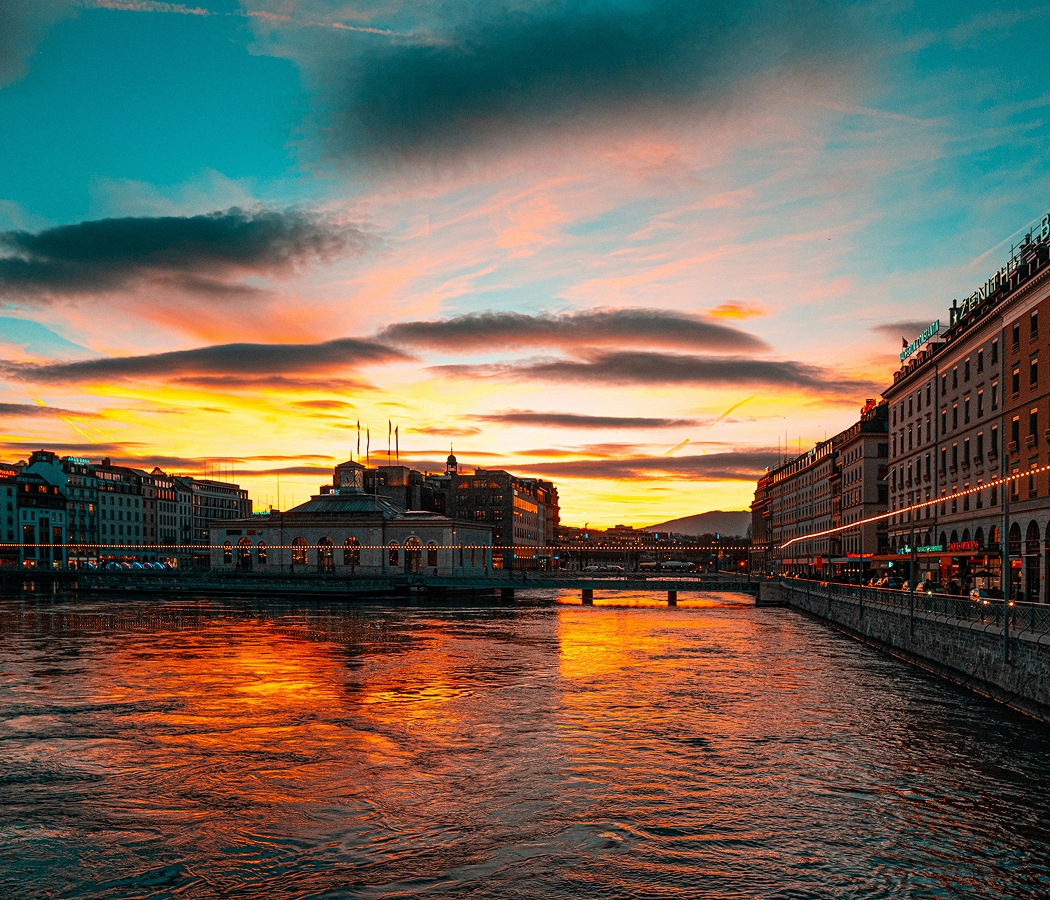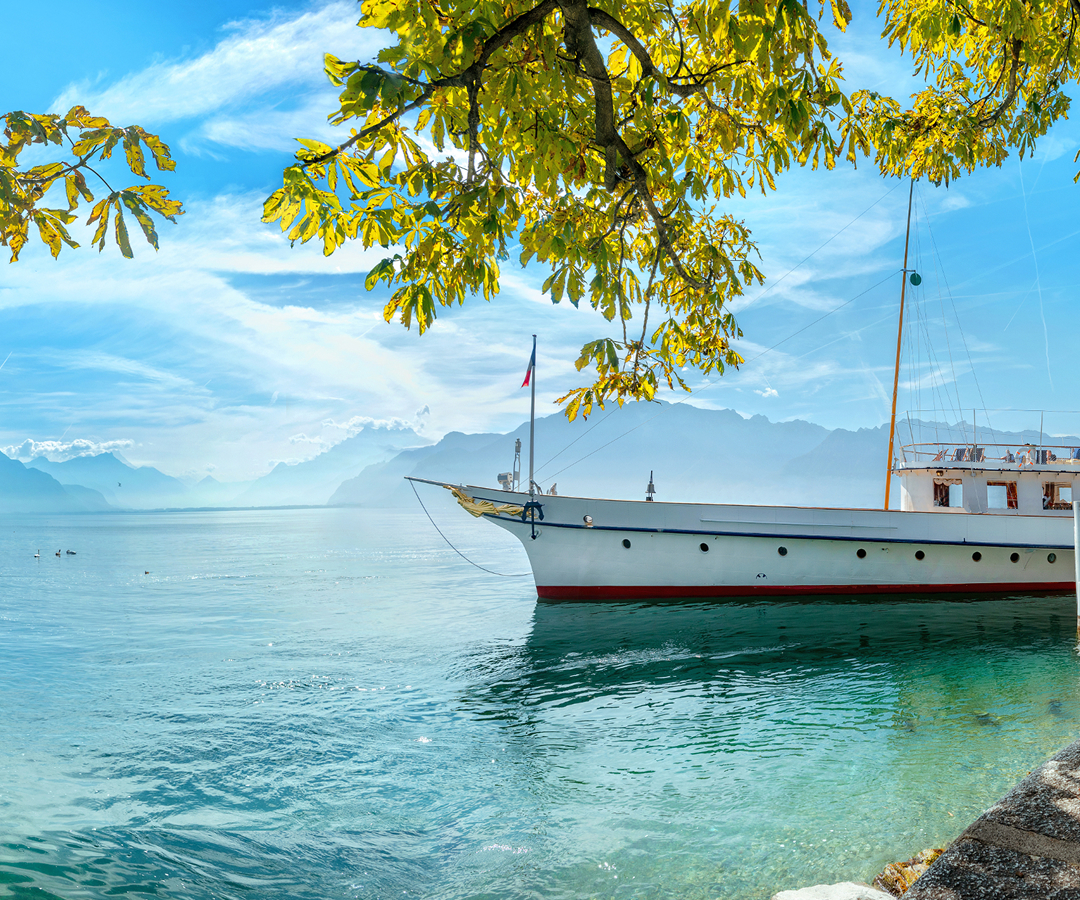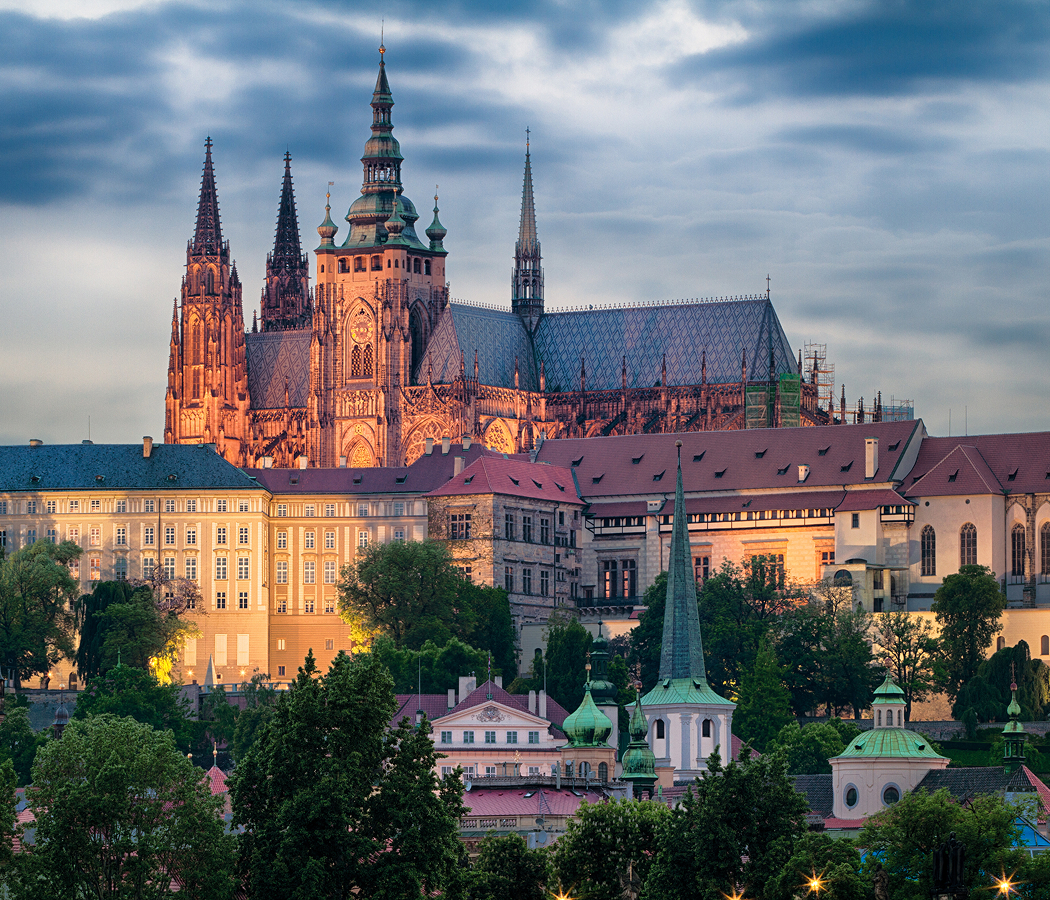
Why you should experience Belvedere Palace in Vienna.
Belvedere Palace in Vienna is not just a palace, it’s a living painting, a vision of Baroque harmony where art, architecture, and history converge in a single, breathtaking sweep.
Set on a gentle rise overlooking the heart of the city, the Belvedere feels like Vienna’s love letter to beauty itself. Built in the early 18th century as the summer residence of Prince Eugene of Savoy, the brilliant military mind who helped defend Europe against the Ottoman Empire, the palace stands as a triumph of elegance over excess. Twin masterpieces, the Upper and Lower Belvedere, anchor the sprawling estate, their creamy façades reflected in long, mirror-like pools that capture the movement of clouds. The approach alone feels cinematic: manicured French gardens unfold symmetrically between the two palaces, a green corridor lined with marble statues, tiered fountains, and whispering cypresses. Step inside the Upper Belvedere, and the air changes. Gold-trimmed halls open to reveal one of Europe’s greatest art collections, a visual odyssey from medieval icons to the glittering sensuality of the Vienna Secession. This is where you meet Gustav Klimt’s The Kiss, glowing in its gilded frame like a sun suspended in time. Nearby hang works by Schiele and Kokoschka, their brushstrokes raw and fevered, while rooms devoted to Monet, Van Gogh, and Renoir shimmer with Impressionist light. To walk these halls is to wander through Vienna’s artistic soul, a journey from imperial grandeur to modern yearning.
What you didn’t know about Belvedere Palace.
Behind its symmetry and serenity, Belvedere Palace tells a story of ambition, artistry, and reinvention.
Prince Eugene commissioned the complex in 1717, not as a royal palace but as a personal sanctuary, a retreat where intellect and beauty could coexist. The architect Johann Lukas von Hildebrandt infused every line with meaning: the Upper Belvedere was designed to impress, while the Lower Belvedere served as the prince’s private residence, more intimate but no less refined. After Eugene’s death, the estate passed through generations of imperial hands, eventually transforming from a noble retreat into one of Europe’s leading museums. Yet its most dramatic moment came in 1955, when the Austrian State Treaty was signed in the Marble Hall of the Upper Belvedere, formally restoring Austria’s sovereignty after World War II. The scene, the Austrian flag raised from the palace balcony, became one of the most defining images in the nation’s modern history. Beneath its gilded ceilings, the Belvedere holds the weight of centuries, from imperial diplomacy to revolutionary art. Few visitors realize that Klimt’s The Kiss, now the museum’s crown jewel, was once controversial, dismissed by critics as indecent for its sensuality. Today it embodies Vienna’s artistic awakening, the moment when the city shed its conservative shell and embraced modernism. The palace also houses one of the finest Baroque staircases in Europe, a sweeping marble ascent guarded by mythological frescoes that seem to come alive as sunlight filters through tall windows. Even the gardens are layered with symbolism, each terrace representing a stage of ascent toward paradise, echoing the Enlightenment ideals that shaped the age. Walking here isn’t just sightseeing; it’s stepping into the dialogue between empire and art, reason and romance.
How to fold Belvedere Palace into your trip.
Visiting Belvedere Palace is a full-body experience, equal parts art, history, and open-air poetry.
Start in the morning, when the light catches the fountains and the reflection pools shimmer with gold. Enter through the Lower Belvedere to trace the palace’s story from its foundations: explore Prince Eugene’s lavish Marble Gallery, wander through the Hall of Grotesques with its playful frescoes, and pause at the Golden Cabinet, where mirrors and gilded panels create a kaleidoscope of light. Then ascend through the gardens, letting your pace slow with each terrace, it’s a ritual as much as a walk. By the time you reach the Upper Belvedere, you’re ready to stand before The Kiss, to see how its gold surface flickers between human intimacy and cosmic eternity. Don’t rush it. Linger in the Klimt rooms, but also wander deeper, discover the haunting self-portraits of Egon Schiele, the quiet melancholy of Friedrich von Amerling, the dramatic chiaroscuro of Caravaggio followers tucked away in side chambers. Step into the Marble Hall, where the Austrian flag once rose, and imagine the echoes of that moment reverberating through time. When you step outside, take in the panorama, Vienna’s rooftops stretching toward St. Stephen’s Cathedral, the spire like a compass guiding the city’s spirit. Before leaving, stroll through the Belvedere Gardens again at dusk. The fountains turn to silver, the statues cast long shadows, and the city hums faintly below. End your visit at the Belvedere 21 Museum nearby, where contemporary art now continues the legacy of innovation that began within these walls. Belvedere Palace isn’t just a monument, it’s a living conversation between centuries, where the pursuit of beauty remains Vienna’s most enduring act of faith.
Hear it from the Foresyte community.
I came for the art but stayed for the gardens. Fountains, statues, perfect symmetry. Feels like the city pressed pause to breathe a little slower.
Where meaningful travel begins.
Start your journey with Foresyte, where the planning is part of the magic.
Discover the experiences that matter most.

